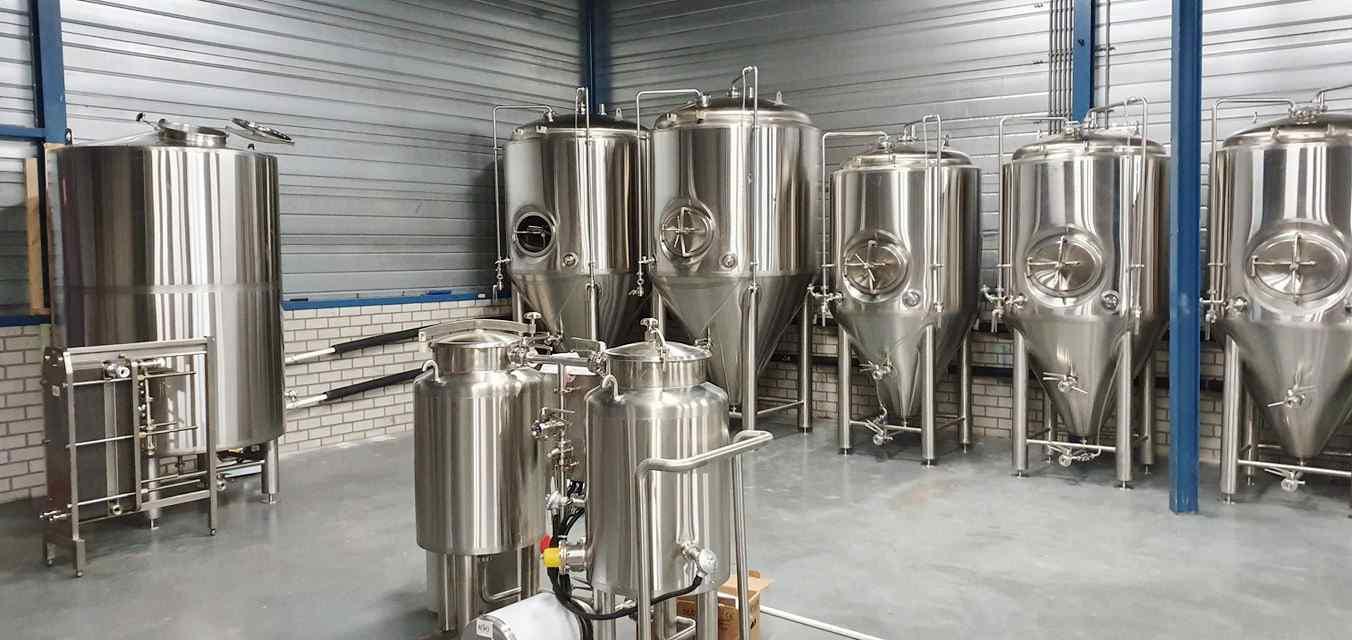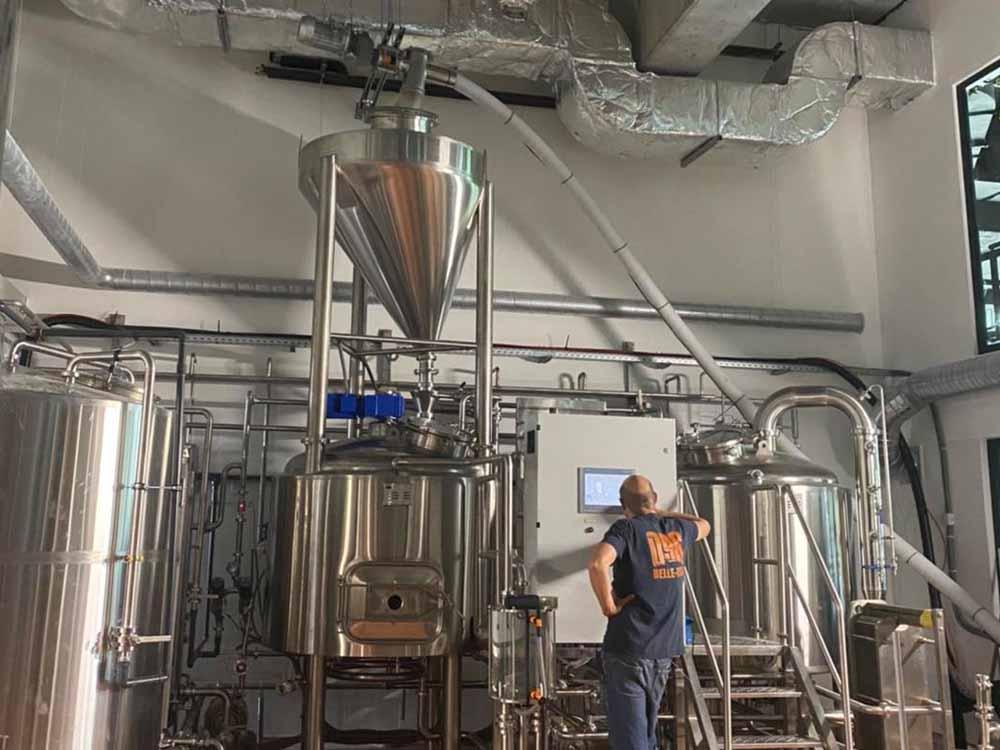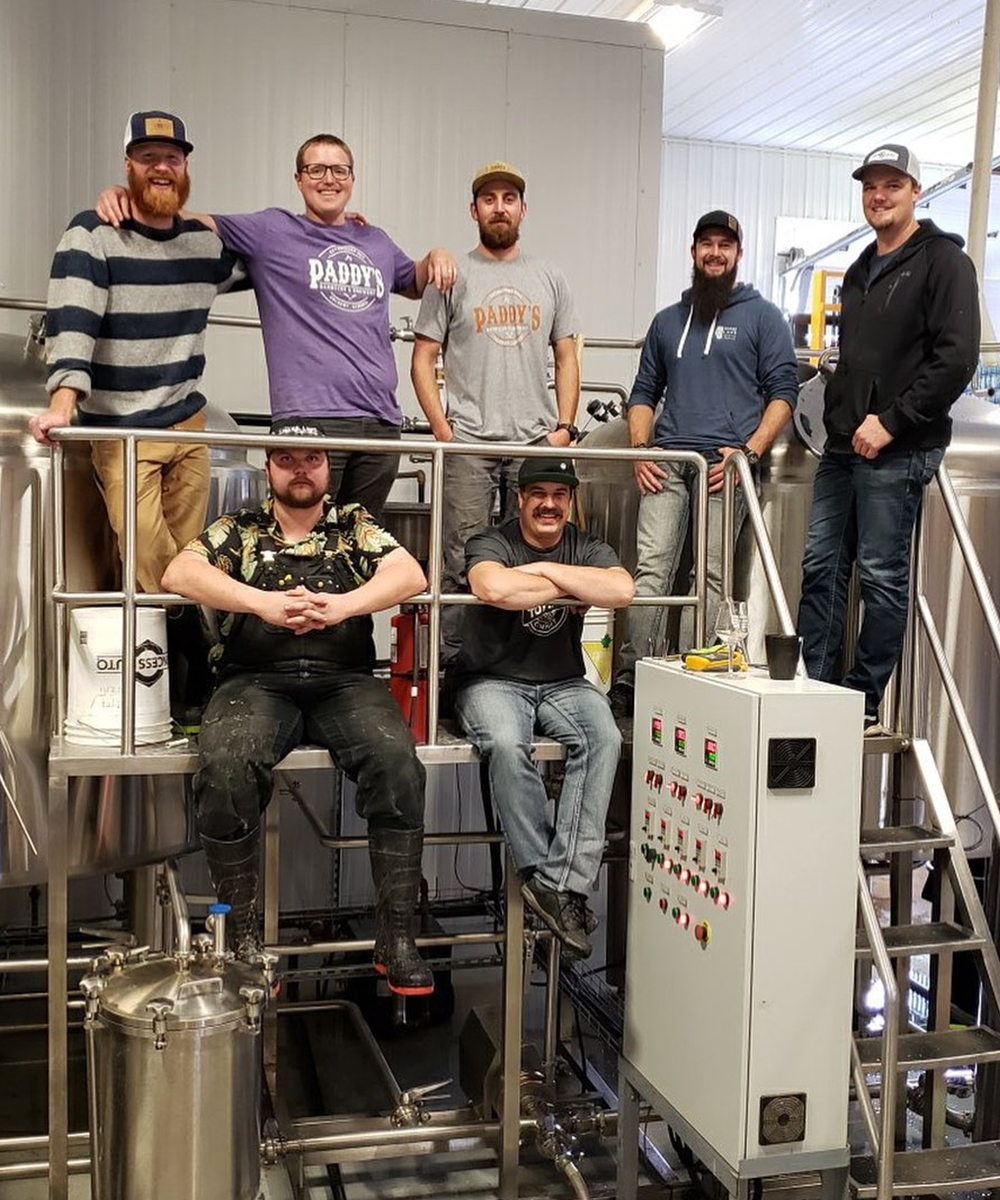
Plate heat exchangers are the most common type of heat exchanger, and they are useful when you want to heat or cool wort during processing. Heat exchangers work by transferring thermal energy from one medium to another through tubes or plates. Plate heat exchangers offer several advantages.
Higher heat exchange efficiency
Typically, a plate heat exchanger is the right choice for breweries as it is the most efficient and cheapest option, and plate heat exchangers are five times more efficient than shell and tube designs. Due to the corrugated plates and higher speeds, higher heat transfer coefficients can be obtained. Due to pure counter flow and close temperatures, more heat transfer is allowed. Because these temperatures are closer, higher energy recovery can be achieved.
Reduce maintenance
High-quality plate heat exchangers can operate efficiently for ten years without maintenance. Plate heat exchangers use plates that are easy to clean, and some heat exchangers support cleaning using a CIP system. The cleaning cycle of a plate heat exchanger depends on the amount of scale or dirt. Plate heat exchangers are easier to maintain and operate than shell and tube heat exchangers because they are easier to disassemble and inspect.
Smaller footprint
Since plate heat exchangers are designed with stacked plates, their surface area becomes compact. This stacked design reduces the footprint of a plate heat exchanger compared to a shell and tube heat exchanger, even for units with the same surface area. The compact and versatile design of plate heat exchangers means transportation, installation and maintenance costs are significantly reduced compared to traditional shell and tube heat exchangers.
More scalable
If the heat transfer capacity can be expanded in the future, a plate heat exchanger would be a good choice because you can change the heat transfer capacity by adding and removing plates. Future expansion plans need to include the initial operating dimensions of the plate heat exchanger, plate capacity and space allowance for on-site installation. It is usually not possible to change the capacity of a shell and tube heat exchanger. If the heat transfer capacity needs to be expanded, a larger shell-and-tube heat exchanger can only be replaced or added.
Less cost
Lower cost outlay is always a key factor in the decision-making process. Plate heat exchangers are the lowest cost option because they have a high heat transfer coefficient and provide the most efficient heat transfer with the smallest surface area. In addition, the maintenance costs of plate heat exchangers are also very low. The maintenance cost of plate heat exchangers is mainly spent on replacing gaskets and sometimes on replacing plates.
Still have a problem on choosing the brewery equipment? We can help with your final decision. If you are looking for a turnkey solution for craft beer brewing system, please contact us. We are looking forward to working with you. Send an email now: [email protected]










Get A Quote